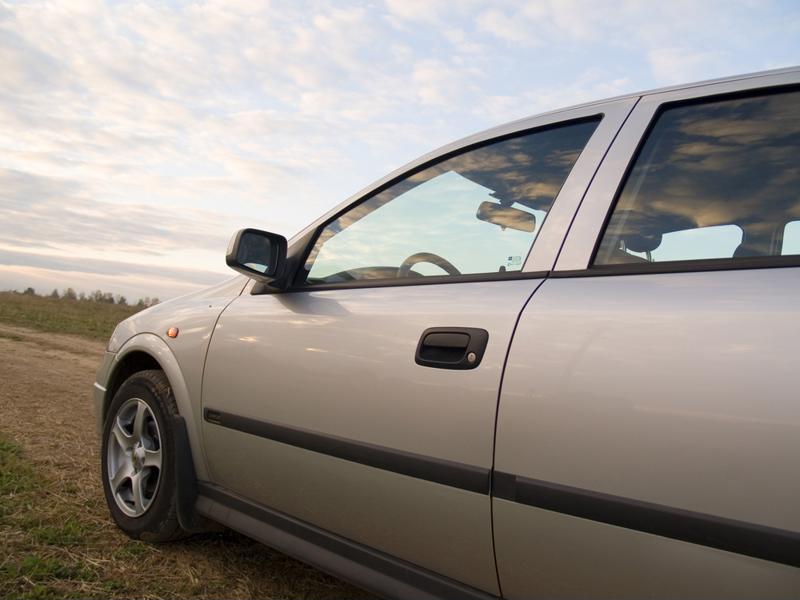

With the announcement by Hitachi Automotive Systems of automatic braking assisted by a stereo camera with artificial intelligence, the automotive industry is one step closer to fully autonomous, self-driving vehicles.

Hitachi's latest news focuses on the improvement in nighttime driving made possible by the combination of stereoscopic vision, machine learning and a new AI sensor. Japan Today reported that Hitachi's camera uses several hundreds of thousands of pieces of data as teaching data.
Previous technology developed by Hitachi relied on a camera recognizing objects based on rules, in other words, responding to conditions set manually by developers, as other competitors have done. With the rule-based method, unfortunately, conditions became complicated, making it more difficult to support the detection of objects during nighttime hours. Now, by using machine learning for its image recognition, Hitachi has made it possible to efficiently find conditions in a large amount of data.
The new camera stores a huge quantity of teacher data in its image processing microcomputer. The images taken with the camera are then compared with the teacher data to judge whether an object is a pedestrian or not. With the addition of machine learning, it became easier to detect a pedestrian even when only the lower body is illuminated by a headlight or when the entire body is visible but different parts vary in brightness.
For its new stereo camera, Hitachi decreased the number of microcomputers to two by integrating microcomputers for image processing and image recognition. Then it increased the number of cores used for image recognition from one to two. By increasing the number of cores, the automaker was able to apply machine learning as well as increasing the speed of image recognition processing.
This latest advancement follows Hitachi's earlier announcement in January of new camera technology that enabled highly accurate detection of small road surface irregularities while driving, including holes and small debris. Prior to that, its in-vehicle stereo cameras could sense the distance and location of people and objects such as pedestrians and other vehicles to a high degree of accuracy. However, to detect road irregularities and small debris, Hitachi had to overcome the challenges of preventing false positives caused by dirt and shadows on the road surface, and reduction of detection processing time.
Incorporating this new image recognition capability into a car's overall operating system was the next step, of course. For example, an Advanced Emergency Braking System typically works in conjunction with the Forward Collision Warning system. The FCW system uses cameras and sensors fitted to the front of a car that monitor how close a vehicle, pedestrian or other obstacle is, and then detect whether a crash is imminent based on the speed of the car and the distance to the obstacle.
If the FCW system decides that a crash is about to happen, it issues a warning to the driver. If the driver fails to respond to the warning by increasing the distance between the car and the obstacle, the AEBS system automatically activates, reducing the speed of the vehicle as much as possible to prevent a collision or at least minimize its impact.
General Motors, meanwhile, continues moving ahead with its own version of self-driving cars. In January it petitioned the National Highway Traffic Safety Administration for approval of its plan to put a driverless car on public roads. In March, the NHTSA advanced GM's petition to the public comment stage.
GM, on its website, described its vision of autonomous vehicles with an optimistic scenario predicting the near future: "Imagine a world with no car crashes. Our self-driving vehicles aim to eliminate human driver error — the primary cause of 94 percent of crashes — leading to fewer injuries and fatalities." General Motors hoped to begin implementation of this plan in 2019, when it commercializes its Cruise AV (autonomous vehicle) by putting a fleet on the road as driverless taxis.
Response by the public and car industry writers has been mixed so far. Viknesh Vijayenthiran, writing for Motor Authority, described GM's Cruise AV vehicles as "self-driving cars devoid of steering wheels and pedals." According to this report, these vehicles would be part of a ride-sharing fleet operated either by GM or a partner such as Lyft. On the other hand, public reaction has not been 100% favorable. The New York Times described an incident in which knife and rock-wielding Arizona residents attacked a self-driving vehicle in Chandler, Arizona.
If you are an engineer working on automotive braking systems, whether conventional or automated, ask for a complimentary brake testing consultation from Greening.